Eco-Friendly Furniture Cleaning Solutions: Fresh, Safe, and Smarter Home Care
Chosen theme: Eco-Friendly Furniture Cleaning Solutions. Welcome to your friendly hub for toxin-free shine, planet-kind methods, and furniture care that respects the materials you love and the air you breathe.


Why non-toxic methods protect your home
Eco-friendly cleaners reduce exposure to irritants, cut down on indoor air pollution, and keep residues off the surfaces your family touches daily. Think gentle, biodegradable ingredients that still deliver results, without the lingering fumes or headaches heavy-duty products sometimes create. Comment with your biggest cleaning worry, and we will troubleshoot it together.
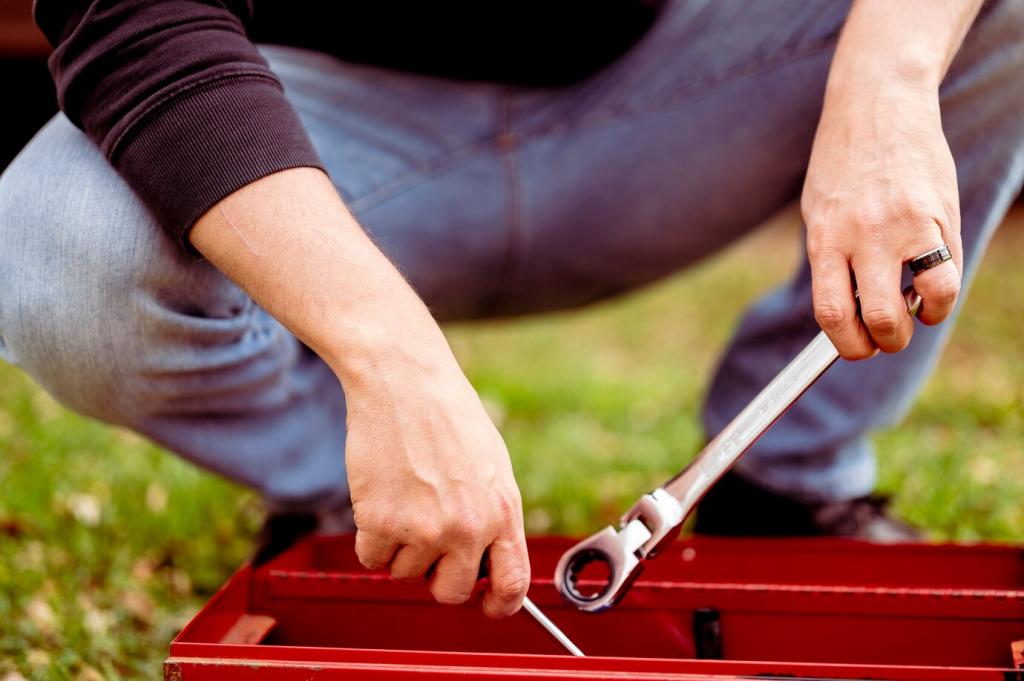
Understanding pH and surface compatibility
Acidic solutions like diluted vinegar sit near pH 2 to 3 and can lift mineral-based stains, while mildly alkaline soaps break down oils. The trick is matching the cleaner to the surface: wood finishes prefer neutral cleaners, leather needs balanced moisture, and delicate fabrics require minimal alkalinity. Always spot-test to protect dyes and finishes.
DIY Recipes That Actually Work
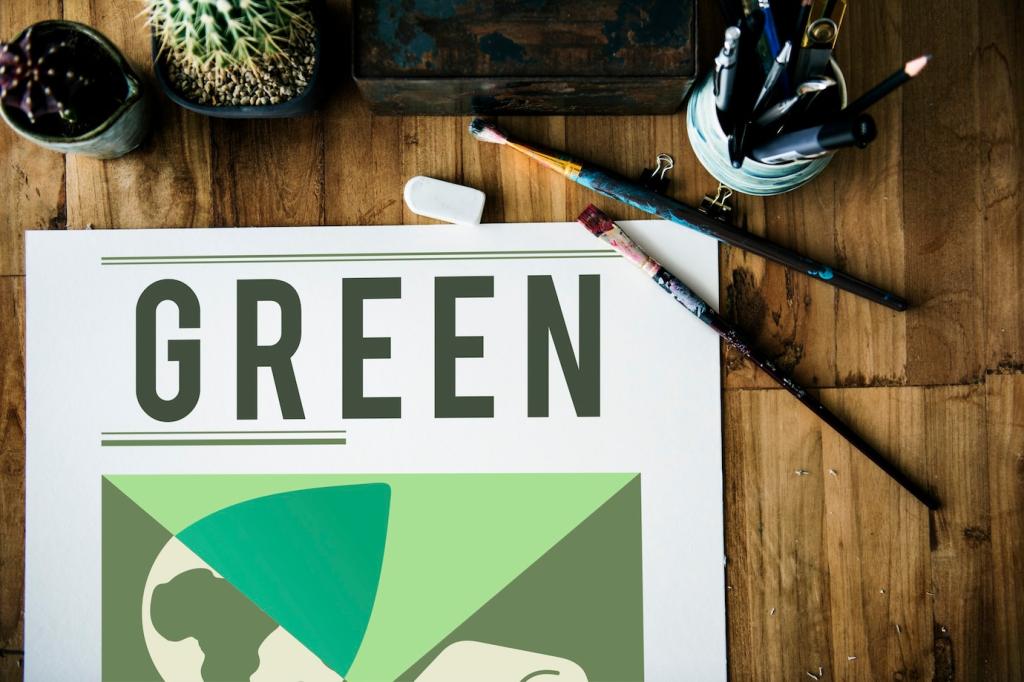
Combine one cup of distilled water, one teaspoon fragrance-free castile soap, and one teaspoon rubbing alcohol for faster drying. Lightly mist and blot with a clean microfiber cloth, working from the outside of a stain inward. Skip essential oils on delicate fabrics, and always spot-test hidden seams. Tell us your fabric type for tailored tweaks.
Stain Removal, Sustainably and Effectively
Coffee, tea, and wine on upholstery
Blot immediately, then treat with a solution of one cup cool water, one teaspoon fragrance-free soap, and a few drops hydrogen peroxide for pale fabrics. Work gently, never scrubbing dyes. For darker textiles, skip peroxide to avoid lightening and use club soda to lift pigments. Share your worst spill story so we can feature solutions.
Pet accidents and lingering odors
Absorb moisture first, then apply a one-to-one mix of distilled water and white vinegar to neutralize ammonia smells, followed by a sprinkle of baking soda once mostly dry. Vacuum thoroughly after the fizz subsides. Use peroxide only on color-safe fabrics. Comment with your pet’s name and fabric type for kinder, specific guidance.
Grease and ink mishaps on furniture
Lift grease with cornstarch pasted in distilled water, let it sit, then brush and blot with mild soap solution. For ballpoint ink on finished wood, try a tiny dab of alcohol on a cotton swab, working carefully along the grain. Always spot-test first. Subscribe to receive our emergency stain decision flowchart printable.
High-quality microfiber traps dust through split fibers, while tightly woven cotton is great for buffing without shedding. Pair plant-based bristle brushes with gentle soap for crevices and carved details. Wash cloths in cold water, air-dry, and skip fabric softeners that reduce absorbency. Tell us which cloth works best on your sofa weave.
Tools and Techniques with Low Environmental Impact

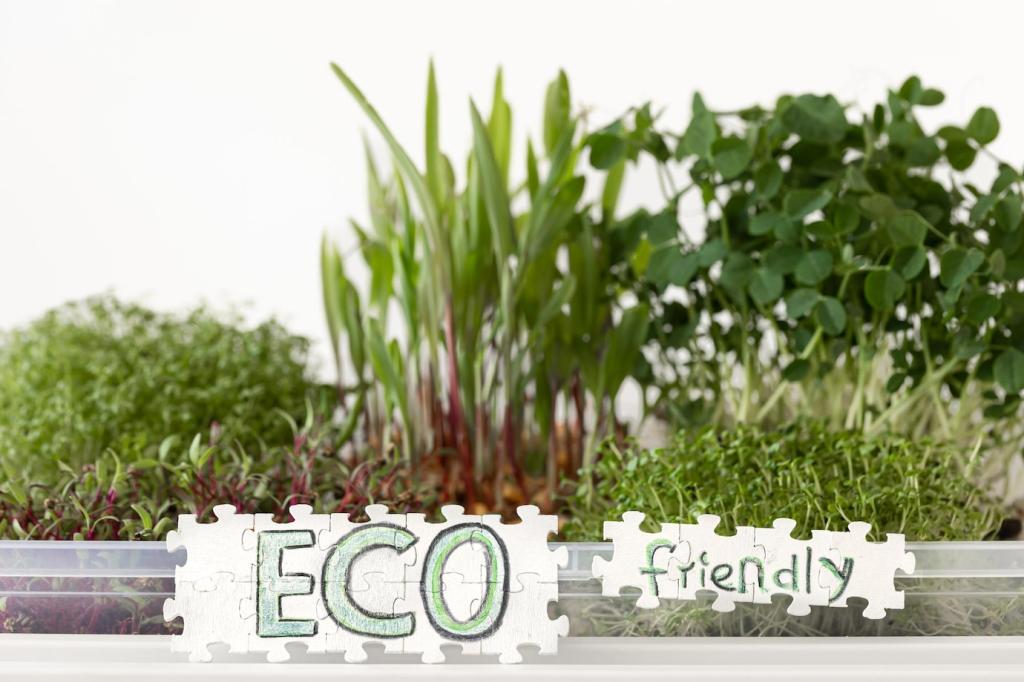
Health and Indoor Air Wins
Choosing fragrance-free, low-VOC formulas avoids synthetic scents that linger for days and contribute to headaches or asthma flare-ups. Plant-based cleaners with clearly labeled ingredients help you track sensitivities. Ventilate while cleaning, then enjoy neutral, clean air. Subscribe for our monthly low-VOC product list curated for furniture care.
Health and Indoor Air Wins
Regular vacuuming with a HEPA filter and microfiber dusting captures particles that trigger sneezes and irritation. Light soap solutions help release dander without harsh residue that traps soil. Keep humidity balanced to discourage mites. Share your allergy challenges and we will craft a routine that respects your schedule and sensitivity.
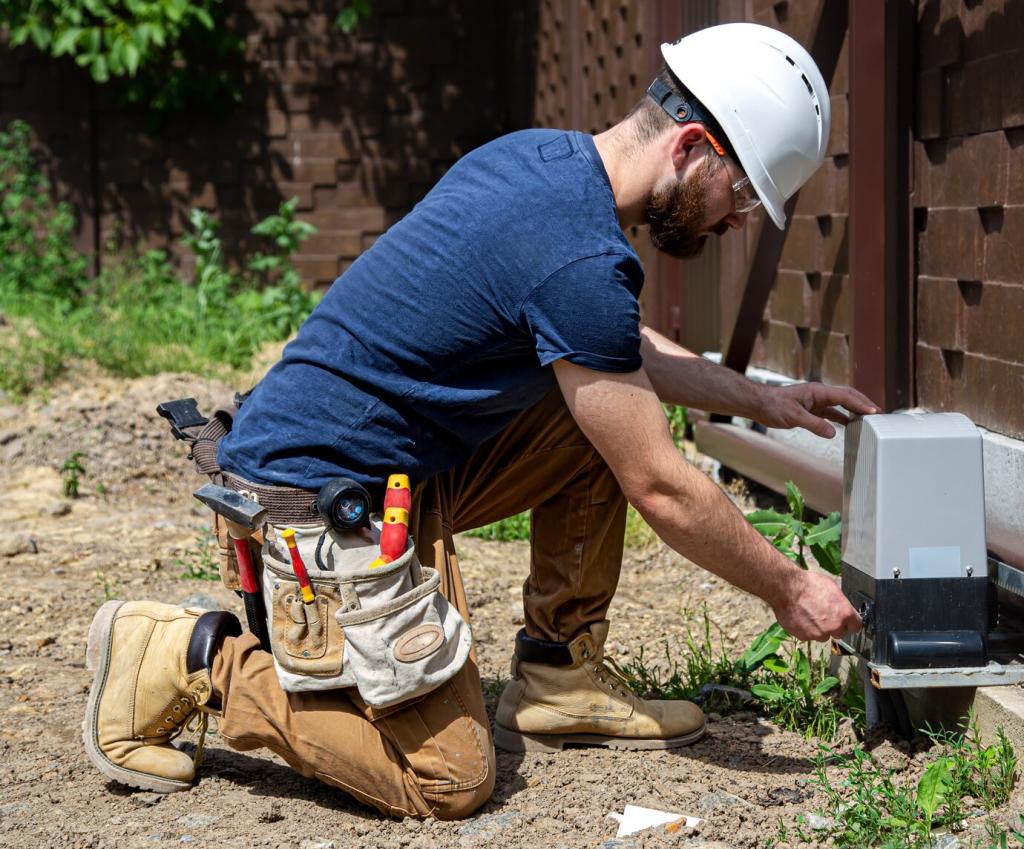
A reader found a vintage linen sofa with shadowy stains and powdery fragrance residues. After a careful vacuum, a gentle soap solution, and hours of patient blotting, the fabric brightened without bleaching. The best part was the quiet, clean smell afterward. Share your secondhand finds and we will cheer on your restorations.
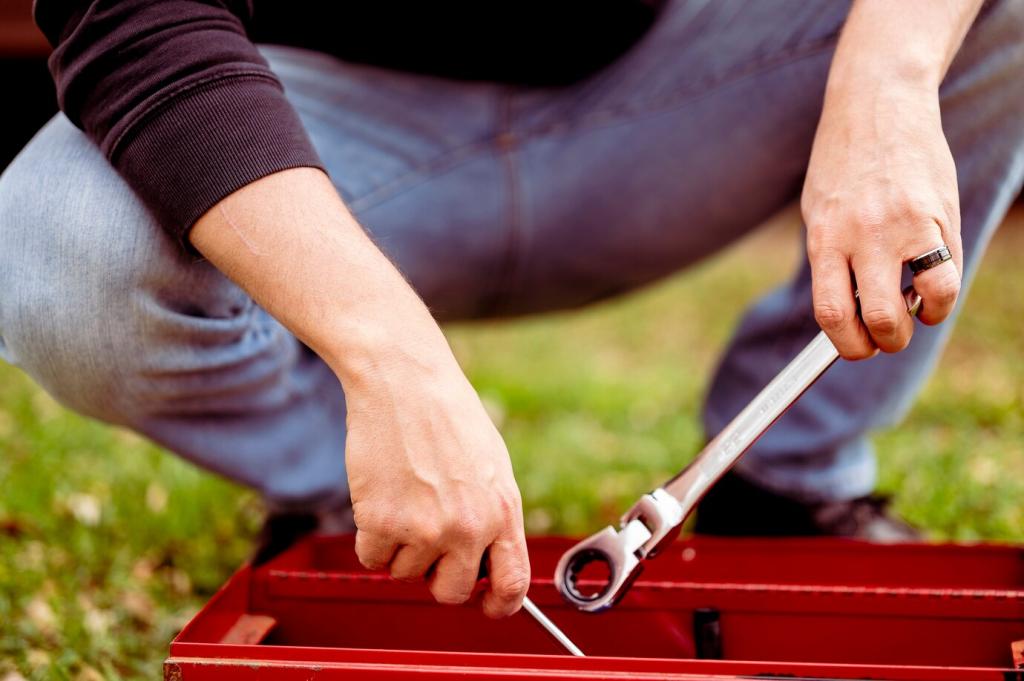
Water rings and dullness hid the table’s grain, so we tried a barely damp microfiber wipe, then a plant-wax polish rubbed along the grain. The glow returned, subtle and satin, without heavy silicone shine. Now it hosts Sunday tea again. Comment with your heirloom wood stories, and we will feature our favorite transformations.

Rushing a stain, one reader scrubbed vigorously and lifted dye along with the spill. Slowing down, they learned to blot, test, and layer mild solutions. The stain faded, and the fabric remained intact. Patience became the real tool. Share your hard-won lessons, and help newcomers avoid the same bumps.
Maintenance Routines and Community Momentum
Start with a fast vacuum using a brush attachment, lightly mist and blot high-touch spots, and buff wood surfaces with a dry cloth. Rotate cushions to even wear. Tiny routines prevent build-up that demands harsher cleaners. Post your weekly checklist and tag our page so others can borrow your smart rhythm.


Maintenance Routines and Community Momentum
Quarterly, launder slipcovers per label, refresh upholstery with a gentle soap solution, re-wax wood only if needed, and condition leather sparingly. Inspect seams, glides, and joints to catch minor issues early. Keep a notebook for adjustments. Subscribe for our seasonal reminder emails with printable checklists tailored to different materials.
